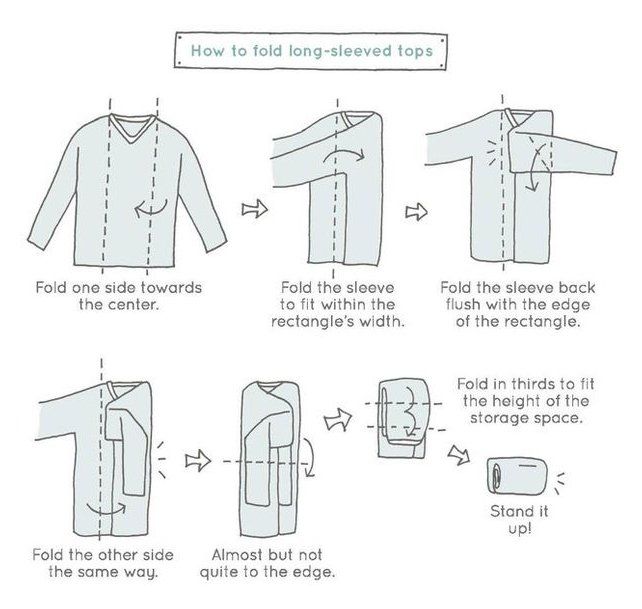Baby food diet plan
Baby Meal Plan: 6 to 9 Month Old
What should you know about feeding your 6- to 9-month-old?Learn about how to introduce solid foods to your baby
Know that what foods you introduce now help influence baby’s preferences in the future
Explore menus that help you understand the transition from purees to soft solids
Starting solid foods is an exciting time for you and your baby. The American Academy of Pediatrics and the World Health Organization recommend introducing solid foods around 6 months of age.1,2
Check out our signs of readiness article and speak with your baby’s pediatrician to help determine when your little one is ready to start solids.
While starting solids, you will continue to provide most of the essential nutrition and hydration your baby needs from breast milk or formula, while also exposing your baby to a new world of diverse flavors and nutrients.
In fact, this is one of the most influential periods in your baby’s taste development.3,4 Your baby will most readily try and accept all kinds of foods at this age so it’s important to offer a variety of different flavors from meal to meal.
There are two meal plans belowOne for starting solids with purees, and one for when your little one starts to advance textures. Both have snack and recipe ideas to help you get started. They also have plenty of flavor variety to help maximize your baby’s taste
development.
Read more: Learning to Love Healthy Foods
Pro tips for 6- to 9-month-old baby meal plansEating solids at this age is mostly about letting your baby explore new flavors and textures. Breast milk or formula will remain your baby’s primary nutrition source during their first year, so continue to give breast milk and/or formula just as you were before starting solids. Your little one will begin to reduce how much formula or breastmilk they take as they get closer to 1 year.5,67
Your little one will begin to reduce how much formula or breastmilk they take as they get closer to 1 year.5,67
For breastfed babies, introduction of solids at 6 months helps your little one get enough of certain nutrients. For example, at 6 months stored iron begins to diminish. Since breast milk is not a good source of iron, including some iron-rich foods, such as fortified cereals and pureed meats, will help your little one get enough.8
For more information, chat with baby’s health care provider for their recommendations.
For more information on the nutrient needs of your older baby, check out: Nutrient Needs and Feeding Tips for 6 to 12 Month Olds
How much should I feed my baby?At around 6 months old, you can start by offering 1 to 2 tablespoons of food once or twice per day. Once your little one gets the hang of eating and shows more interest, slowly begin offering foods 2 to 3 times per day and ¼ to ½ cup at a time. 9,10
9,10
Remember to listen to your baby’s hunger and fullness cues throughout their feeding journey, rather than go by specific portions. Your little may take more or less each day; by responding to their feeding cues you’ll be providing them with just what they need.11
It’s important to advance texture once your baby is comfortable. Start with thin, pureed foods, thickening them a bit as baby gets used to eating. Next, move to lumpy, mashed foods; followed by finely chopped, soft foods.12
Read more: Introducing Solids: First Foods & Textures
Introduce one single-ingredient new food at a timeAllow for 3 to 5 days before introducing another new food to make sure your baby is not allergic or intolerant to these foods. 9,12
Foods most often associated with allergies are eggs, soy, peanuts, tree nuts and seeds, wheat, fish, shellfish, and cow’s milk (drinking cow’s milk is not recommended before 12 months, but milk can be used in small amounts in baked or cooked foods, and baby can also eat yogurt and cheese as long as there is no allergy or intolerance). 13
13
Read more: Introducing Major Food Allergens to your Infant
What should baby eat by 9 months?By 9 months of age, your baby should be eating foods from all food groups, and should have been introduced to lumpy purees.15 Some little ones may be able to handle small, soft pieces of finger foods by this age as well.
Pay attention to your baby’s cues, have fun, and let your baby set the pace while offering your baby healthy foods that contain important nutrients to set the standard for healthy eating patterns.
Baby doesn’t like a food? Try, try again!Your baby may grimace, wrinkle their nose, or make other faces when they try new foods and textures. Know that this is completely normal and doesn’t mean your little one dislikes the food or is being picky.
Babies may need to taste a food up to 10 or more times before they start to accept it, so just keep offering (though not forcing) that food.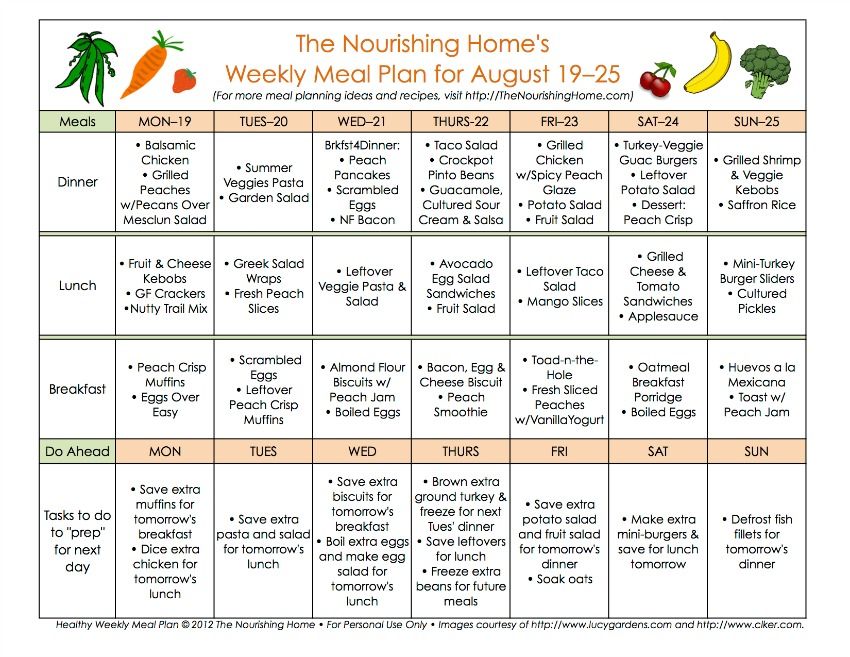 14
14
Remember, starting solids is mostly about introducing a variety of flavors and textures – and keeping it fun and stress-free!
If you have questions about introducing solids or advancing textures, reach out to our team of registered dietitian nutritionists for free! They are here to help on our free live chat from Monday through Friday, from 8am–6pm ET. Chat now!
Around 6-month old meal plan: First foods and pureesBreakfast
Option 1: Whole Ancient Grain Baby Cereal
Option 2: Mashed avocado
Option 3: Avocado and Pea Puree
Option 4: Apple and acorn squash mash (pureed apples and squash mixed)
Option 5: Pureed peaches or soft cooked pears
Option 1: Root Vegetable Puree
Option 2: Unsweetened whole milk yogurt
Option 3: Avocado and Pea Puree
Option 4: Pureed apples
Option 5: Quinoa cereal
Option 1: Mashed “Banacado” (banana and avocado mashed together)
Option 2: Baby Muesli with Peach Yogurt
Option 3: Tropical medley (mashed papaya and mango)
Option 4: Garden veggie and fruit combo (mix mashed/pureed apples, spinach and peas)
Option 5: Beet and Cantaloupe Puree
Option 1: Unsweetened yogurt with mashed peaches
Option 2: Oatmeal cereal
Option 3: Whole grain waffle strips
Option 4: Orange Sunny Soup
Option 5: Soft scrambled egg
Option 1: Soft cooked whole grain pasta with olive oil and parmesan cheese
Option 2: Slivers of turkey with peas
Option 3: Unsweetened applesauce and shredded or cubed cheese
Option 4: Chickpea and Carrot Spread
Option 5: Cottage Cheese with Cinnamon and Diced Strawberries
Option 1: Soft cooked slivers of chicken, with steamed carrots
Option 2: Ginger Carrot & Sweet Potato Mash + Lean Beef
Option 3: Small chunks of low mercury fish, like cod
Option 4: Soft steamed chunks of broccoli or green beans
Option 5: Lumpy, mashed kidney or black beans
We know parenting often means sleepless nights, stressful days, and countless questions and confusion, and we want to support you in your feeding journey and beyond.
Our Happy Baby Experts are a team of lactation consultants and registered dietitian nutritionists certified in infant and maternal nutrition – and they’re all moms, too, which means they’ve been there and seen that. They’re here to help on our free, live chat platform Monday - Friday 8am-6pm (ET). Chat Now!
Read more about the experts that help write our content!
For more on this topic, check out the following articles and recipes:Starting Solids: Purees versus Baby Led Weaning
Starting Solids: Baby Led Weaning
The Division of Responsibility: Helping Avoid Picky Eating
Feeding Tips for Healthy Weight Gain in Babies and Toddlers
Our meal plans offer recipe and meal suggestions for your child. They are not designed to replace your doctor’s recommendations, nor do they take into account special nutritional needs, including allergies and intolerances. The meal plans suggest serving sizes that may or may not be appropriate for your child. Please consult your doctor to determine what is best for your child.
Please consult your doctor to determine what is best for your child.
What Is It, and Can You Lose Weight?
Baby Food Diet: What Is It, and Can You Lose Weight?- Health Conditions
- Featured
- Breast Cancer
- IBD
- Migraine
- Multiple Sclerosis (MS)
- Rheumatoid Arthritis
- Type 2 Diabetes
- Articles
- Acid Reflux
- ADHD
- Allergies
- Alzheimer's & Dementia
- Bipolar Disorder
- Cancer
- Crohn's Disease
- Chronic Pain
- Cold & Flu
- COPD
- Depression
- Fibromyalgia
- Heart Disease
- High Cholesterol
- HIV
- Hypertension
- IPF
- Osteoarthritis
- Psoriasis
- Skin Disorders and Care
- STDs
- Featured
- Discover
- Wellness Topics
- Nutrition
- Fitness
- Skin Care
- Sexual Health
- Women's Health
- Mental Well-Being
- Sleep
- Product Reviews
- Vitamins & Supplements
- Sleep
- Mental Health
- Nutrition
- At-Home Testing
- CBD
- Men’s Health
- Original Series
- Fresh Food Fast
- Diagnosis Diaries
- You’re Not Alone
- Present Tense
- Video Series
- Youth in Focus
- Healthy Harvest
- No More Silence
- Future of Health
- Wellness Topics
- Plan
- Health Challenges
- Mindful Eating
- Sugar Savvy
- Move Your Body
- Gut Health
- Mood Foods
- Align Your Spine
- Find Care
- Primary Care
- Mental Health
- OB-GYN
- Dermatologists
- Neurologists
- Cardiologists
- Orthopedists
- Lifestyle Quizzes
- Weight Management
- Am I Depressed? A Quiz for Teens
- Are You a Workaholic?
- How Well Do You Sleep?
- Tools & Resources
- Health News
- Find a Diet
- Find Healthy Snacks
- Drugs A-Z
- Health A-Z
- Health Challenges
- Connect
- Breast Cancer
- Inflammatory Bowel Disease
- Psoriatic Arthritis
- Migraine
- Multiple Sclerosis
- Psoriasis
Medically reviewed by Jillian Kubala, MS, RD, Nutrition — By Daniel Yetman — Updated on Oct 31, 2020
The baby food diet involves replacing breakfast, lunch, and snacks with 14 containers of baby food.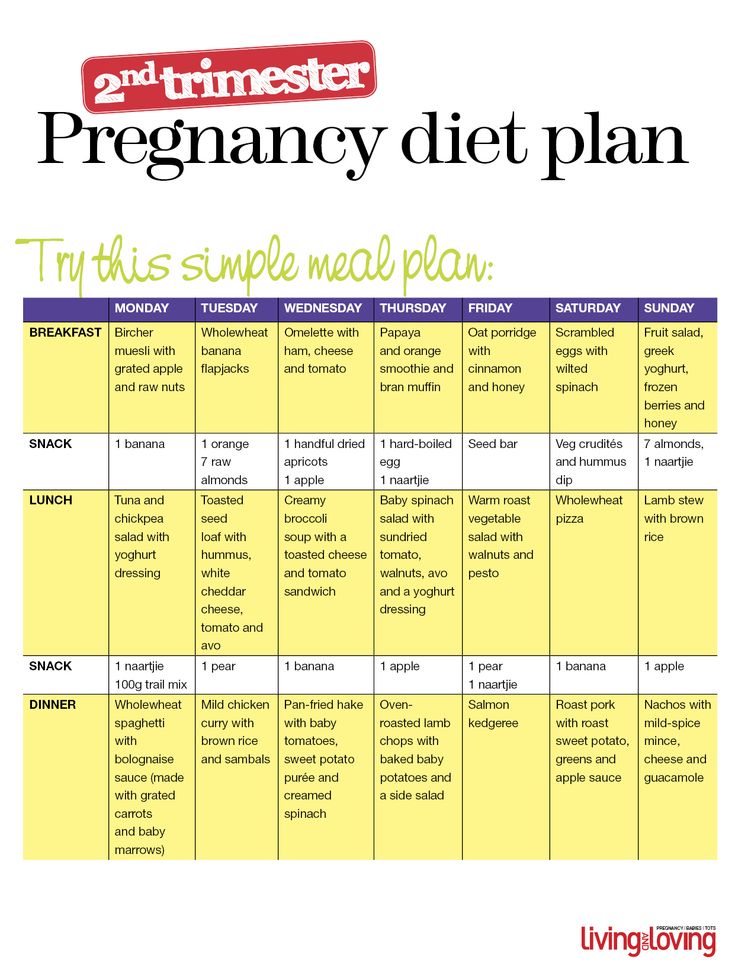 You then eat a regular dinner in the evening. The diet is meant to last for 3 days.
You then eat a regular dinner in the evening. The diet is meant to last for 3 days.
The baby food diet gained popularity around 2010. It’s rumored that actress Jennifer Aniston, with the help of her celebrity trainer, used the diet to lose 7 pounds in a week during the filming of the movie “Just Go with It.”
The idea of losing a pound per day may sound tempting, but the baby food diet fits into the category of a fad diet.
Many fad diets might help you lose weight in the short term, but they’re usually difficult to follow for an extended period of time.
In this article, we’ll take a closer look at what exactly the baby food diet is, as well as the pros and cons of this eating plan.
The premise behind the diet is that the small portion sizes of baby food will reduce your daily calorie intake. The bland taste of pureed baby food is also supposed to discourage you from overeating.
There are several less restrictive versions of the diet, like replacing only one meal a day with baby food.
Compared to many fad diets, the baby food diet has loose guidelines. For instance:
- The diet plan doesn’t specify which type of baby food you can eat. The calorie content in baby food can vary from about 20 calories to more than 120 calories per jar.
- It doesn’t put a limitation on what you can eat for dinner.
Here’s an example of what an average day might look like on the baby food diet.
- Breakfast: 5 jars of baby food
- Lunch: 5 jars of baby food
- Afternoon snack: 2 jars of baby food
- Dinner: your regular dinner
- Evening snack: 2 jars of baby food
Was this helpful?
Most reports of weight loss on the baby food diet are anecdotal. According to people who’ve tried it, it can help you lose weight in the short term.
However, there’s currently no scientific evidence to back up these claims or to prove it’s an effective diet for long-term weight loss.
Replacing your usual meals with baby food will likely lower the number of calories you eat per day, which is probably one of the main reasons why you may lose weight while you’re on this diet.
But research suggests that restricting calories alone is rarely an effective method for reducing body weight. When you lower your calorie intake, your body’s metabolism tends to slow down, too. You may also feel hungrier than usual if you aren’t getting enough calories.
Because this diet typically lowers your intake of fiber and sodium, the weight you lose may be from water retention and not necessarily from fat.
Research also shows that the weight that’s lost on calorie-restrictive diets is usually regained when you return to your usual eating habits.
In theory, it’s possible to get most of your essential nutrients while following the baby food diet. Many baby foods are made from pureed fruits and vegetables. Some baby foods are also made from high-protein foods or whole grains.
Following the baby food diet for the recommended 3 days likely won’t hurt you. But following this diet for a longer period of time could lead to nutrient deficiencies if you’re eating far below your daily calorie need.
With restrictive diets like the baby food diet, it’s also important to keep in mind the risk of developing disordered eating, which could lead to an eating disorder if the diet is followed for a longer period of time.
Here are some of the advantages and disadvantages of the baby food diet.
Pros
- High in fruits and vegetables. Most baby foods are made from pureed fruits and vegetables.
- Low in sodium. Most baby foods are low in sodium. Babies have a lower sodium requirement than adults.
- Low in fat. Most baby foods are low in saturated fat.
- No preparation. Besides your evening meal, there’s no meal prep necessary. Just open a jar and eat.
Was this helpful?
Cons
- Restrictive.
 The baby food diet lacks the calories and nutrients you need to properly fuel your body.
The baby food diet lacks the calories and nutrients you need to properly fuel your body. - Not filling. Most baby foods are low in protein and fiber. You may find that you feel hungry even when consuming adequate calories.
- Low in fiber. You’ll get a lot more fiber from eating fresh fruits, vegetables, and whole grains, rather than from food that’s been pureed.
- Expensive. Most baby foods are fairly expensive per serving.
- Large variation in calories between brands. The number of calories in a container of baby food varies from about 20 to 120 calories. Eating 14 containers per day could provide you with anywhere from 280 to 1,680 calories.
Was this helpful?
Following the baby food diet may help you quickly shed a few pounds, but it’s unlikely to cause sustainable weight loss.
Instead, a healthier strategy for long-term weight loss is to:
- Eat a balanced diet of fruits, vegetables, whole grains, low fat dairy, lean protein, and healthy fats.

- Limit your intake of foods and drinks that are high in added sugars.
- Focus on portion control. Resist eating more than you need to satisfy your hunger.
- Exercise regularly, at least 150 minutes a week.
- Don’t skip meals.
If you’re looking to quickly lose a few pounds, the baby food diet may help you achieve results. But if you’re looking for sustainable, long-term weight loss, it’s far from ideal.
The baby food diet falls into the category of fad diets. These types of diets often promise rapid weight loss and include a strict list of foods you can and can’t eat.
Containers of baby food are relatively low calorie, but research has shown that restricting too many calories can slow down your metabolism. This means that as soon as you go back to eating normal meals, you’ll likely put the weight back on.
A safer and healthier option for long-term weight loss is to follow a balanced eating plan that includes all food groups, while also keeping an eye on your portion sizes, and including regular exercise in your weight loss program.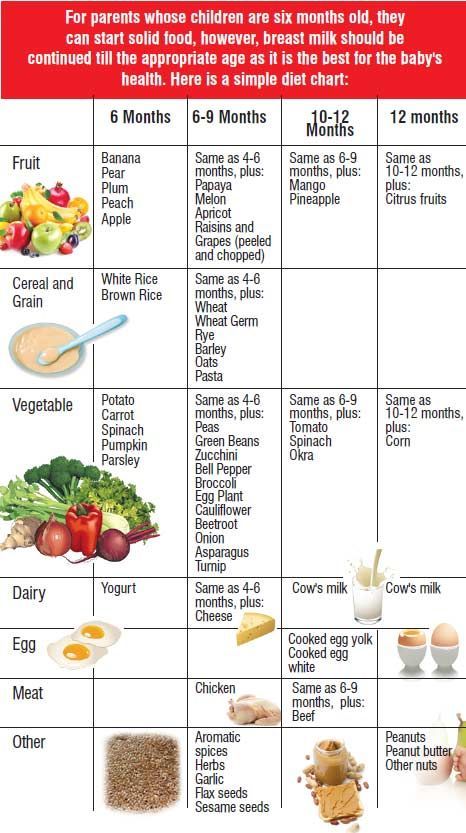
Last medically reviewed on October 31, 2020
How we reviewed this article:
Healthline has strict sourcing guidelines and relies on peer-reviewed studies, academic research institutions, and medical associations. We avoid using tertiary references. You can learn more about how we ensure our content is accurate and current by reading our editorial policy.
- Benton D, et al. (2017). Reducing calorie intake may not help you lose body weight. DOI:
10.1177/1745691617690878 - Fad diets. (2017).
my.clevelandclinic.org/health/articles/9476-fad-diets - Fernández-Elías VE, et al. (2015). Relationship between muscle water and glycogen recovery after prolonged exercise in the heat in humans. DOI:
10.1007/s00421-015-3175-z - Obert J, et al. (2017). Popular weight loss strategies: A review of four weight loss techniques. DOI:
10.1007/s11894-017-0603-8 - U.S. Department of Health and Human Services.
 (2015). Chapter 1: Key elements of healthy eating patterns: A closer look inside healthy eating patterns. Dietary guidelines for Americans 2015-2020.
(2015). Chapter 1: Key elements of healthy eating patterns: A closer look inside healthy eating patterns. Dietary guidelines for Americans 2015-2020.
health.gov/dietaryguidelines/2015/guidelines/chapter-1/a-closer-look-inside-healthy-eating-patterns/#food-groups
Our experts continually monitor the health and wellness space, and we update our articles when new information becomes available.
Current Version
Oct 31, 2020
Written By
Daniel Yetman
Edited By
Tracey Crate
Medically Reviewed By
Jillian Kubala, MS, RD
Copy Edited By
Copy Editors
Nov 11, 2019
Written By
Aimee Eyvazzadeh, MD, MPH
Edited By
Maggie Brown
Medically Reviewed By
Carissa Stephens, RN, CCRN, CPN
Share this article
Medically reviewed by Jillian Kubala, MS, RD, Nutrition — By Daniel Yetman — Updated on Oct 31, 2020
Read this next
The Grapefruit Diet: Does It Work for Weight Loss?
Medically reviewed by Miho Hatanaka, RDN, LD
In the grapefruit diet, people eat grapefruit with almost every meal.
 Does it work for weight loss, and is it safe? We take a closer look.
Does it work for weight loss, and is it safe? We take a closer look.READ MORE
How the 5:2 Intermittent Fasting Diet Can Help You Lose Weight
The 5:2 intermittent fasting diet allows people to eat what they want 5 days a week and then limit calories on the other 2 days.
READ MORE
Does the Galveston Diet Help Menopausal Women Lose Weight?
By Soniya Nikam, MS, RD
The Galveston diet is said to help menopausal women lose weight. This article provides a comprehensive review of the Galveston diet, including its…
READ MORE
Can the Endomorph Diet Help You Lose Weight?
Learn about the endomorph diet and body type and how to best achieve your weight loss goals.
READ MORE
14 Healthy Fats for the Keto Diet (Plus Some to Limit)
By Ansley Hill, RD, LD
When following a high-fat, very-low-carb ketogenic diet, it’s important to remember that not all fats are created equal.
 Here are 14 healthy sources…
Here are 14 healthy sources…READ MORE
The Microbiome Diet: Can It Restore Your Gut Health?
By Alina Petre, MS, RD (NL)
The Microbiome Diet is a new, trendy diet, touted to restore gut health and aid weight loss. This article reviews the Microbiome Diet and whether it…
READ MORE
BRAT Diet: What Is It and Does It Work?
Medically reviewed by Kathy W. Warwick, R.D., CDE
The BRAT diet stands for bananas, rice, applesauce, and toast. This article lets you know what foods you can eat, benefits, when to use it…
READ MORE
Bone Broth Diet Review: Does It Work for Weight Loss?
By Marsha McCulloch, MS, RD
The Bone Broth Diet blends a low-carb, paleo diet with intermittent fasting. This article reviews the Bone Broth Diet, how to follow it, and whether…
READ MORE
11 Simple Ways to Focus on Whole Foods Instead of Clean Eating
By Franziska Spritzler
Eating whole is way of eating that focuses on fresh, natural foods.
 This article explains what whole eating is and shares 11 simple ways clean up your…
This article explains what whole eating is and shares 11 simple ways clean up your…READ MORE
Diet for children | Family Clinic A-Media
Diet for children should not be a forced measure, a solution to the existing problem of excess weight or obesity. By adhering to a balanced nutrition system from the moment the child switches to "adult" food , you can avoid not only the need for weight correction in the future, but also many other diseases.
It is known that in the first two years of a child's life the foundations of his health, metabolism and even eating habits are laid. Thanks to a balanced diet in infancy, growing children and adolescents get sick less, including chronic diseases.
Breastfeeding plays a major role during this period of baby's development. Breast milk, rich in vitamins and microelements, contributes to the harmonious growth and development of the baby during this period. Subsequently, children and adolescents who have been breastfed in the past are less likely to be overweight and obese.
Subsequently, children and adolescents who have been breastfed in the past are less likely to be overweight and obese.
WHO recommends:
- First breastfeeding within the first hour after birth
- Exclusive breastfeeding is very beneficial until at least 6 months of age and beyond
- From 6 months to 2 years (and older), breastfeeding should be combined with the introduction of safe complementary foods
- Encourage and initiate active movement for infants and young children.
School-age children and adolescents should:
- limit calories by reducing fat and sugar
- offer your child more fruits, vegetables, legumes and whole grains and nuts less than one hour per day).
If the child is slightly overweight, these recommendations are enough to bring the body weight back to normal.
But what to do? if from the very beginning it didn’t work out with proper nutrition and the weight of the child reached a critical point? A key aspect of children's weight loss diet is safety .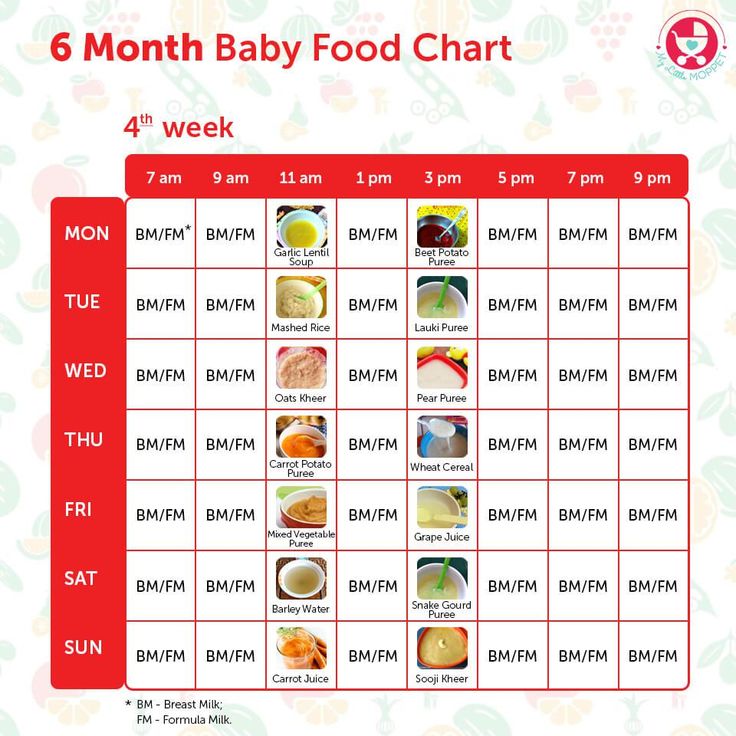 The diet must be introduced gradually, its initial task should be to “freeze” the existing weight and only then reduce it. You can also consult a specialist for the treatment of childhood obesity.
The diet must be introduced gradually, its initial task should be to “freeze” the existing weight and only then reduce it. You can also consult a specialist for the treatment of childhood obesity.
Features of diet for children for weight loss
The diet must be present : lean meat, fish, milk, vegetables, fruits, cereals, bakery products. It is advisable to divide the entire daily diet into 4 meals.
Breakfast should be 25-30% of the daily meal, snacks 10-15%, lunch 40-45%, and dinner 15-20%. Foods containing a large amount of protein are best consumed during breakfast and lunch. For dinner, it is recommended to include vegetables and cereals.
Also during this period it is extremely important to establish healthy eating habits in the child:
- eat food at a certain time
- eat fractionally, satisfyingly, but without overeating
- eat foods that promote growth and development.
Breakfast
Healthy breakfast consists of whole grain porridge boiled in milk with fresh fruits or vegetables, dried fruits such as dried apricots and raisins or berries. Also, the first meal may consist of an omelet or scrambled eggs, pancakes and cottage cheese dishes.
Also, the first meal may consist of an omelet or scrambled eggs, pancakes and cottage cheese dishes.
Snack
It is best to offer your child fresh fruit or a sandwich, cottage cheese casserole, pancakes or pancakes. Milk and its derivatives are recommended as drinks: kefir, bifidok, fermented baked milk.
Lunch
Light soup with lean meat or broth, and for the main course - boiled or stewed fish, meat or poultry dishes. A fresh vegetable salad. Dessert is juices recommended for baby food, fruit and berry purees, jelly, jelly.
Dinner
Dinner includes vegetables and complex carbohydrates - oatmeal with raisins, vegetables (stewed) and boiled potatoes, vegetable salad.
Additional recommendations
Fast food, mayonnaise dressings and sauces should be excluded from the diet as much as possible (preference should be given to low-fat sour cream or natural yogurt), muffin. From sweets it is better to choose marshmallows, marshmallows, marmalade. This does not mean that if a child goes to a birthday party, he will be forced to sit on the sidelines from his peers and dejectedly chew a salad with steam cutlets. As in any nutrition system, errors are permissible, it is important that the “belly holiday” is a rare occurrence, otherwise all work will go down the drain.
This does not mean that if a child goes to a birthday party, he will be forced to sit on the sidelines from his peers and dejectedly chew a salad with steam cutlets. As in any nutrition system, errors are permissible, it is important that the “belly holiday” is a rare occurrence, otherwise all work will go down the drain.
Do not forget that all dietary recommendations for children are general. In order to choose an individual nutrition program to combat overweight or any of the degrees of obesity, you need to consult with an endocrinologist or nutritionist.
Proper nutrition of a child is a guarantee of health - Children's City Polyclinic No. 1
Every parent wants his child to grow up healthy, smart, happy.
From childhood, we must teach our children to choose from the variety of foods that are really good for health. The nutrition of children is somewhat different from the nutrition of adults.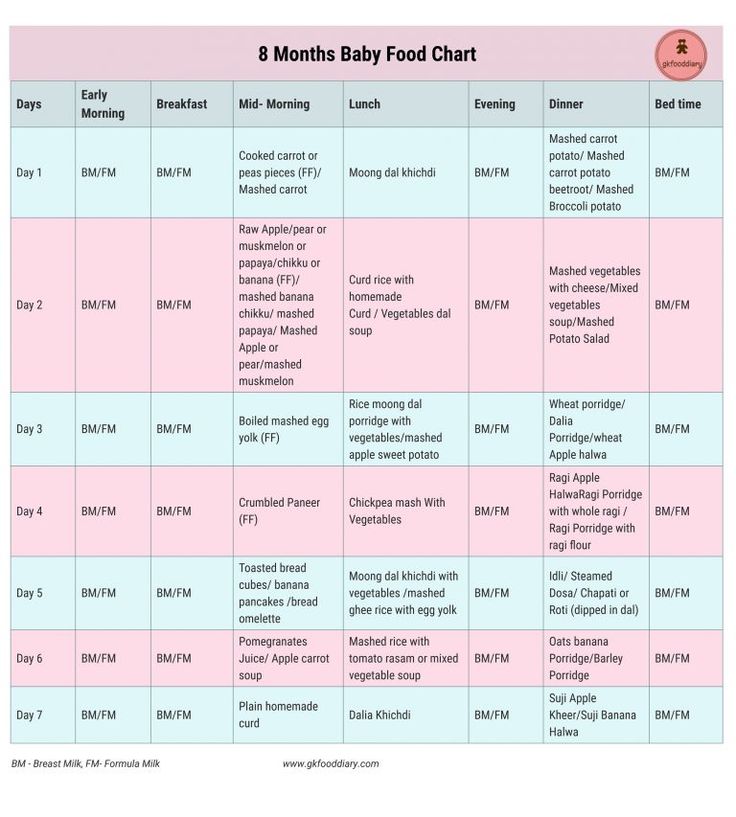 If the child's nutrition system is built correctly, then the child develops normally, both physically and mentally.
If the child's nutrition system is built correctly, then the child develops normally, both physically and mentally.
Make your family's way of life by introducing your child to proper nutrition every day. There is no need to arrange constant lectures from this on the topic of what is useful and what is harmful. By actively communicating with your child, setting an example, you instill good eating habits.
Only good things should be said at the table. The situation should help the child to relax, then the appetite will be good and the mood will be friendly. Children can help you with serving and decorating dishes. When serving vegetables and fruits, ask the children what vitamins and minerals they contain and why they are so useful. In order to organize the proper nutrition of the child, you need to follow several important rules:
Rule 1
Diet should be varied.
This is an important condition for the child's body to receive all the substances necessary for growth and development.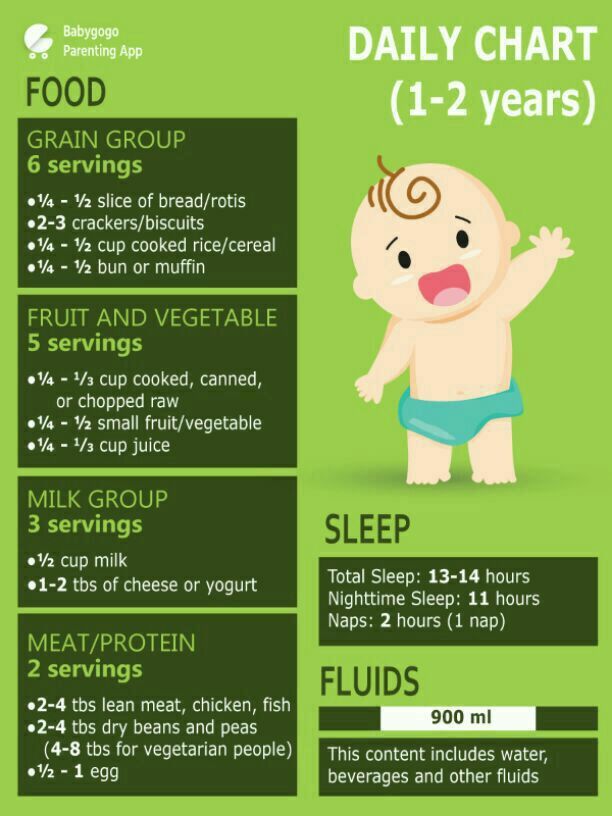 Every day, the child's menu should include: fruits and vegetables; meat and fish; milk and dairy products; grain products (bread, cereals, cereals). Insufficiency or excess of food consumed by a child can adversely affect the activity of the gastrointestinal tract, contribute to metabolic disorders, increase overweight (even to various degrees of obesity) or lead to malnutrition.
Every day, the child's menu should include: fruits and vegetables; meat and fish; milk and dairy products; grain products (bread, cereals, cereals). Insufficiency or excess of food consumed by a child can adversely affect the activity of the gastrointestinal tract, contribute to metabolic disorders, increase overweight (even to various degrees of obesity) or lead to malnutrition.
If the child refuses to eat a healthy dish, invite him to experiment and make the dish unusual.
So, with the help of dried fruits and nuts, you can put a funny face on porridge, use ketchup and greens to draw a pattern on scrambled eggs, put mashed potatoes on a plate in the form of a snowman figure, etc.
What should not be used in children's nutrition:
- Offal other than liver, tongue, heart; blood, liver, raw smoked sausages.
- Deep-fried food and culinary products, chips.
- Curds, condensed milk with vegetable fats.
- Kumis and fermented milk products containing ethanol (more than 0.
 5%).
5%). - Cream confectionery containing vegetable protein.
- First and second courses based on fast food concentrates.
- Vinegar, mustard, horseradish, hot peppers and other hot spices and food products containing them, including hot sauces, ketchups, mayonnaises and mayonnaise sauces.
- Pickled vegetables and fruits.
- Natural coffee and carbonated drinks, apricot kernels, peanuts.
- Products, including confectionery, containing alcohol.
- Food products containing a large amount of food additives in their composition (information is indicated by the manufacturer on consumer packaging).
- Dry concentrates for the preparation of first and second courses (soups, vermicelli "Dosherak", cereals).
Rule 2
The child must eat regularly.
Compliance with the diet of children is of great importance for the absorption of nutrients by the body. Preschool children are recommended to eat 4-5 times a day, every 3 hours, at the same time, distributing the diet as follows: breakfast - 25%, lunch - 35%, afternoon snack - 15%, dinner - 25% . At school age, it is advisable to have four meals a day, every 4 hours with an even distribution of the daily ration: breakfast - 25%, second breakfast - 20%, lunch - 35%, dinner - 20%.
Preschool children are recommended to eat 4-5 times a day, every 3 hours, at the same time, distributing the diet as follows: breakfast - 25%, lunch - 35%, afternoon snack - 15%, dinner - 25% . At school age, it is advisable to have four meals a day, every 4 hours with an even distribution of the daily ration: breakfast - 25%, second breakfast - 20%, lunch - 35%, dinner - 20%.
Try to stop snacking and teach your child to eat only at the table. If this still doesn't work, offer fruit, biscuits, juice for a snack - food that will help drown out hunger, but will not ruin your appetite.
Proper organization of meals at school in the form of hot school breakfasts and lunches
is an important health-improving measure for children-students in extended-day groups, the diet of which should be 50-70% of the daily norm, which parents, unfortunately, have little are paying attention. Eating sandwiches, pizza, chips, chocolate bars is harmful because - this food is inferior in composition and also irritates the stomach, contributing to the development of gastritis.






